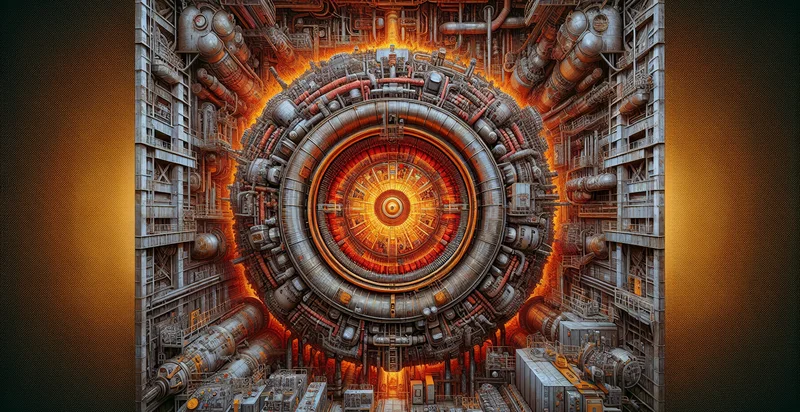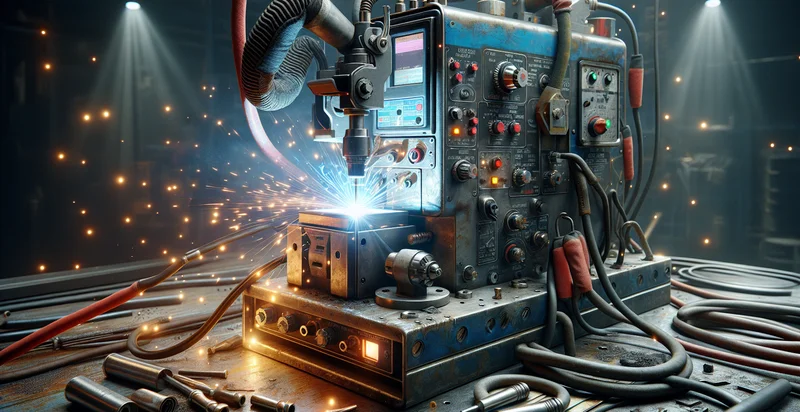Identify reactor vessel conditions
using AI
Below is a free classifier to identify reactor vessel conditions. Just upload your image, and our AI will predict the operational state of the reactor vessel conditions - in just seconds.

Contact us for API access
Or, use Nyckel to build highly-accurate custom classifiers in just minutes. No PhD required.
Get started
import nyckel
credentials = nyckel.Credentials("YOUR_CLIENT_ID", "YOUR_CLIENT_SECRET")
nyckel.invoke("reactor-vessel-conditions", "your_image_url", credentials)
fetch('https://www.nyckel.com/v1/functions/reactor-vessel-conditions/invoke', {
method: 'POST',
headers: {
'Authorization': 'Bearer ' + 'YOUR_BEARER_TOKEN',
'Content-Type': 'application/json',
},
body: JSON.stringify(
{"data": "your_image_url"}
)
})
.then(response => response.json())
.then(data => console.log(data));
curl -X POST \
-H "Content-Type: application/json" \
-H "Authorization: Bearer YOUR_BEARER_TOKEN" \
-d '{"data": "your_image_url"}' \
https://www.nyckel.com/v1/functions/reactor-vessel-conditions/invoke
How this classifier works
To start, upload your image. Our AI tool will then predict the operational state of the reactor vessel conditions.
This pretrained image model uses a Nyckel-created dataset and has 15 labels, including Acceptable Condition, Critical Condition, Damaged Condition, Degraded Condition, Excellent Condition, Fair Condition, Good Condition, Hazardous Condition, Maintained Condition and Non-Operational Condition.
We'll also show a confidence score (the higher the number, the more confident the AI model is around the operational state of the reactor vessel conditions).
Whether you're just curious or building reactor vessel conditions detection into your application, we hope our classifier proves helpful.
Related Classifiers
Need to identify reactor vessel conditions at scale?
Get API or Zapier access to this classifier for free. It's perfect for:
- Safety Compliance Monitoring: The false image classification function can be employed to ensure that reactor vessel conditions are continuously monitored for regulatory compliance. By identifying images that inaccurately represent vessel conditions, organizations can take proactive measures to rectify any safety violations, thus reducing legal risks and potential fines.
- Predictive Maintenance Evaluation: This function can help in assessing the integrity of reactor vessels by flagging images that deviate from normal operating conditions. By identifying false representations, maintenance teams can focus on real issues that could lead to costly downtimes or catastrophic failures.
- Training and Development: The false image classification function can be used in training programs for technicians and operators. By presenting false image scenarios, learners can be equipped to recognize and address real-life discrepancies in reactor vessel conditions.
- Incident Analysis and Reporting: After an incident occurs, this function can be employed to analyze images collected during and after the event. It can identify any false representations that may have contributed to the understanding of the incident, aiding in comprehensive reporting and root cause analysis.
- Quality Assurance Improvement: In manufacturing facilities that produce reactor vessels, this function helps ensure that imagery used for quality checks is accurate and reliable. By filtering out false images, quality assurance teams can maintain high standards and avoid costly product recalls.
- Remote Monitoring Solutions: Utilizing this classification function in remote monitoring systems allows for effective oversight of reactor vessels from a distance. By identifying false images during remote assessments, organizations can ensure that operators are making decisions based on accurate data, improving operational efficiency.
- Research and Development Feedback: During the R&D phase for new reactor designs or technologies, this function can aid in analyzing the reliability of image data used in simulations. By identifying false representations, researchers can better calibrate models and enhance the accuracy of their predictions.


